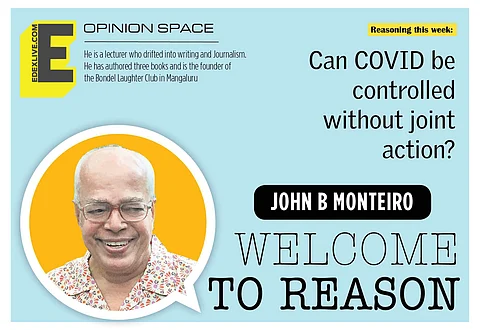

Discipline and united action are the real source of strength for the nation
- Lal Bahadur Shastri (1904-1966), second Prime Minister of India
The above quote holds good for a nation, a small community and the world as a whole. Once upon a time, there was an island community that lived by catching fish from a lake to cook for its households and selling it in the nearby towns. Every year, on a given day, the islanders had to pour one litre of milk in the lake.
On a certain day, one week before the milk-pouring day, a salesman approached each member of the community with a white cleaning solution which was much cheaper than milk. The salesman cunningly suggested that instead of wasting the more expensive milk, they could pour one litre of the diluted white chemical into the lake – and nobody else would know. Everyone, without anyone else knowing, poured the white solution into the lake and went home thinking that they were the cleverest.
By afternoon, all the fish and the cattle which were driven into the lake to drink the water were dead and floating on the surface of the lake. To cut the story short, all residents of the island deserted it.
Now we switch over to a media report dated April 14, 2021, from New York: “Coronavirus’ viral outbreaks can be prevented if at least 60 per cent of people start wearing masks, and maintain social distancing, according to a study. Neither social distancing nor mask-wearing alone are likely sufficient to halt the spread of COVID-19 unless almost the entire population adheres to the single measure,” said Maurizio Porfiri from New York University. “But if a significant fraction of the population adheres to both measures, viral spreading can be prevented without mass vaccination,” he added.
For the study, the team developed a mathematical model. Overall, the model demonstrated that neither social distancing nor mask-wearing alone are likely to be sufficient in halting the spread of the virus, unless close to the entire population adheres to them. The team observed that states that are suffering from the largest number of infections are also those that comply the least with public health guidelines. Coming to India, collective compliance seems notable for its absence.
